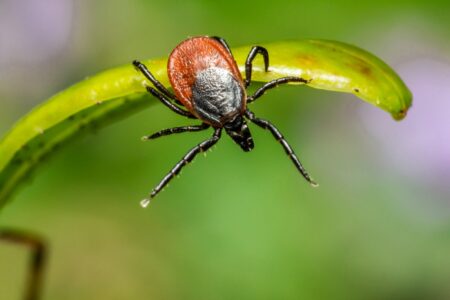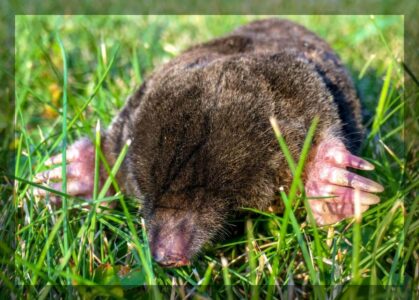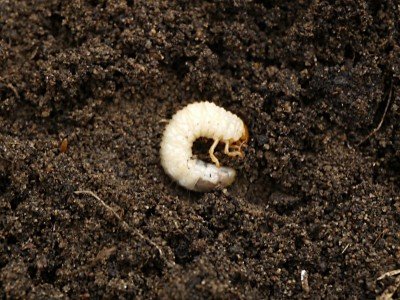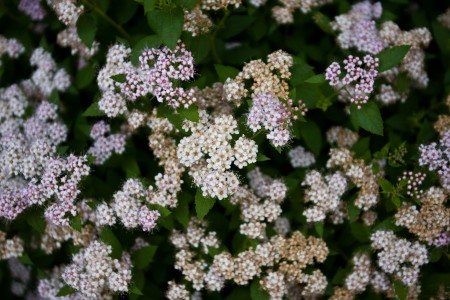Our Lawn Care Program is based on nurturing healthy soil. We practice Integrated Pest Management. IPM is defined as:
a process consisting of the balanced use of cultural, biological,
and chemical procedures that are environmentally feasible, and
socially acceptable to reduce pest populations to tolerable levels.
Knowledge of both pests and plants—and the monitoring of each—is critical to landscape health. Proper management practices (fertilizing, mowing, watering, and aeration) greatly reduce pest problems.
Pesticides are used only when insect and/or disease levels reach intolerable levels. Early intervention allows for fewer pesticides and reduces our impact on the environment.
Integrated Tick Control (ITM)
We will safely treat your shrubs and the perimeter of your property without the spraying of pesticides. And we’ll show you ways to reduce exposure to ticks. Integrated Tick Management
Shayne’s thoughts on Lyme Disease and disease prevention methods from The Danbury News-Times, and his further thoughts on the matter from The New Milford Spectrum.
Click here for more information about Lyme Disease and tick control.

Deer Control
The challenge is that deer are simply unafraid and desensitized to humans. The best defense against browsing deer is a well-designed landscape that uses “deer-resistant” plants. Although deer will eat just about anything and no plant is “deer-proof”, there are some plants like andromeda, barberry, boxwood, pachysandra, spirea, and spruce that they do not like as much. Place these less desirable plants around the edges of the garden bed with the more vulnerable plantings closer to the house.
Motion-activated sprinklers, lights, or noises may startle them and discourage future visits, but some determined deer may adapt over time.
Physical barriers like fences over 8′ high, mesh netting, and tree guards to protect against rubbing and scaping are the most effective.
Another effective method that we use is a spray that is applied directly to the plants making them extremely unappetizing.
 From The Danbury News-Times, Shayne’s thoughts on deer, and they havoc they wreak.
From The Danbury News-Times, Shayne’s thoughts on deer, and they havoc they wreak.
Click here for deer-resistant plantings, and quick tips.
Mole Control
We are certified applicators of the effective Talpirid® Mole Treatment System. To learn more about the treatment system click here and if you have any further questions, feel free to contact us.
Homeowners can also try their own methods including, but not limited to: Trapping, Repellants (best as a deterrent and preventative measure), Barriers like cloth or screening (only practical for small areas), Ultrasonic Devices (best used in combination with other methods), and Cultural Practices (keeping mole food like earthworms and grubs at out of the lawn).
Insect & Disease Control
Our work occasionally requires pesticides, the use of which is carefully and responsibly monitored. Integrated Pest Management (IPM), the foundation of YardScapes’ Lawn Care Program, nurtures healthy soil and uses pest control only if necessary.
Curative rather than preventative, YardScapes’ IPM promotes pesticide use only when deemed necessary and only in targeted areas. A complete soil analysis identifies any nutrient deficiencies or (pH) problems. Corrective measures are recommended should problems exist, and fertilization is adjusted as needed.
We keep current all research and have the best people and equipment to implement industry advances. Above all else, our aim is to improve, never to harm the environment we work tirelessly to maintain.
 Going Native
Going Native
Planting native species is a powerful and natural way to reduce pest problems in gardens and landscapes. Native plants have evolved alongside local insects and wildlife, developing natural defenses against common pests. This means they’re often more resilient and less reliant on chemical pesticides, which can sometimes harm beneficial insects and disrupt ecosystems.
By choosing native plants, homeowners also support a balanced food web. Many native insects, including pollinators and predatory species like ladybugs and lacewings, thrive in environments with native flora. These beneficial insects help keep pest populations in check, creating a self-sustaining system that reduces the need for human intervention.
Additionally, native plants tend to be well-suited to local soil and climate conditions, which makes them healthier and less stressed. Stressed plants are more vulnerable to pests and disease, so by planting natives, homeowners are setting the stage for a more robust and pest-resistant garden. It’s a win-win for both the environment and the gardener.



